Web1 vs Web2 vs Web3
Differences Between the Web 1.0, Web 2.0, and Web 3.0
| S. No. | Web 1.0 | Web 2.0 | Web 3.0 |
|---|---|---|---|
| 1. | Mostly Read-Only | Wildly Read-Write | Portable and Personal |
| 2. | Company Focus | Community Focus | Individual Focus |
| 3. | Home Pages | Blogs / Wikis | Live-streams / Waves |
| 4. | Owning Content | Sharing Content | Consolidating Content |
| 5. | WebForms | Web Applications | Smart Applications |
| 6. | Directories | Tagging | User behavior |
| 7. | Page Views | Cost Per Click | User Engagement |
| 8. | Banner Advertising | Interactive Advertising | Behavioral Advertising |
| 9. | Britannica Online | Wikipedia | The Semantic Web |
| 10. | HTML/Portals | XML / RSS | RDF / RDFS / OWL |
| 11. | Data was not Focused. | Data of many was controlled by some mediatory. | Data was personalized and no use of mediatory. |
| 12. | Information sharing is the goal. | Interaction is the goal. | Immersion is the goal. |
| 13. | It connects information as its primary goal. | It aims to connect people. | Focuses on relating knowledge. |
| 14. | Static websites | Introduction of web applications | Intelligent web-based functions and apps |
| 15. | A simpler, more passive web. | An enhanced social Web | A semantic web exists. |
| 16. | Web and File Servers, HTML, and Portals are technologies connected to Web 1.0. | AJAX, JavaScript, CSS, and HTML5 are examples of related technology. | Web 3.0 technologies include blockchain, artificial intelligence, and decentralized protocols. |
| 17. |
Associated Technologies
|
Associated Technologies
|
Associated Technologies
|
